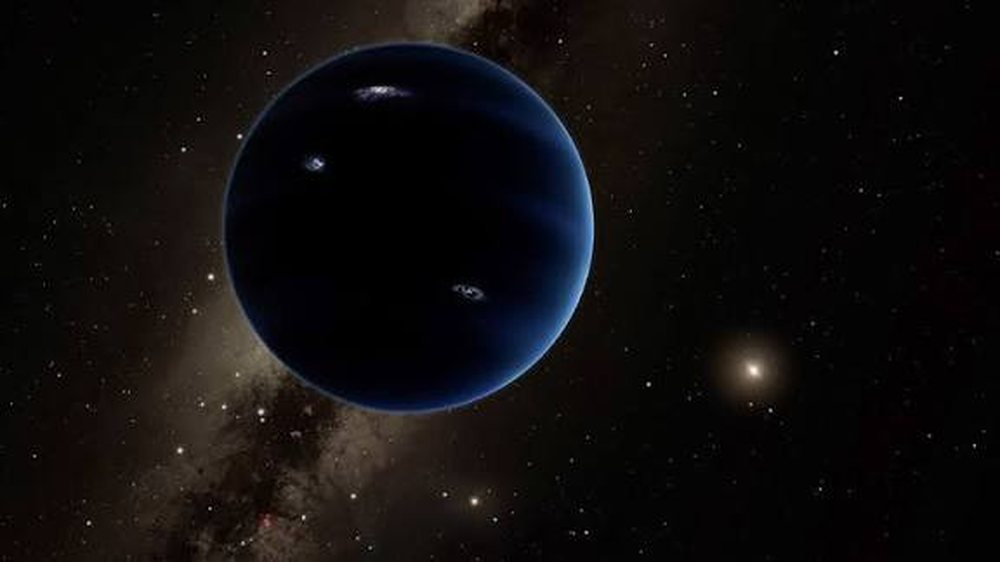
A hidden planet could be part of our solar system, and astronomers have discovered new evidence proving its existence.
Planet Y is thought to be located at the farthest edge of our solar system, about 100 or 200 times farther away than Earth. This unseen new world is thought to be smaller than Earth and larger than Mercury.
Astronomers base their hypothesis on anomalies observed in the orbits of distant objects in the Kuiper Belt, a region beyond Neptune filled with icy bodies.
These anomalies, such as sudden orbital inclinations, hint at the gravitational influence of an unseen planet. Some Kuiper Belt objects have elongated, highly elliptical orbits that take them far beyond the Belt itself.
Planet Y's gravity could explain why these objects are "detached," far beyond Neptune.
While Planet Y has not been directly observed, its existence remains a subject of ongoing research and debate within the scientific community.
The concept of planets hidden beyond Neptune is not new. Historical searches for the so-called Planet X date back to the early 20th century, following the discovery of Neptune in 1846. Pluto was initially considered a candidate for Planet X when it was discovered in 1930, although it was later reclassified as a dwarf planet due to its small size.
The idea of Planet Y raises the possibility of many undiscovered planets in the outer reaches of our solar system.






















